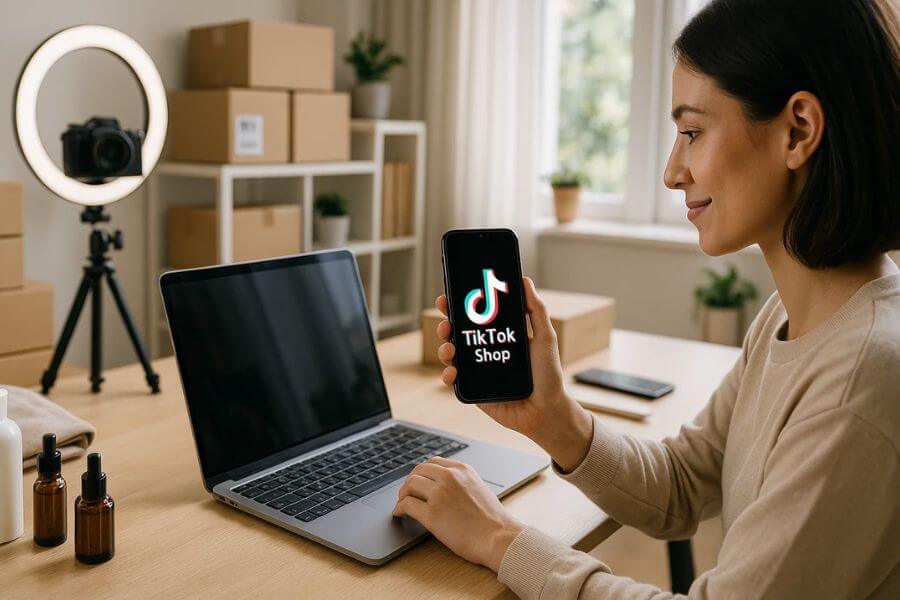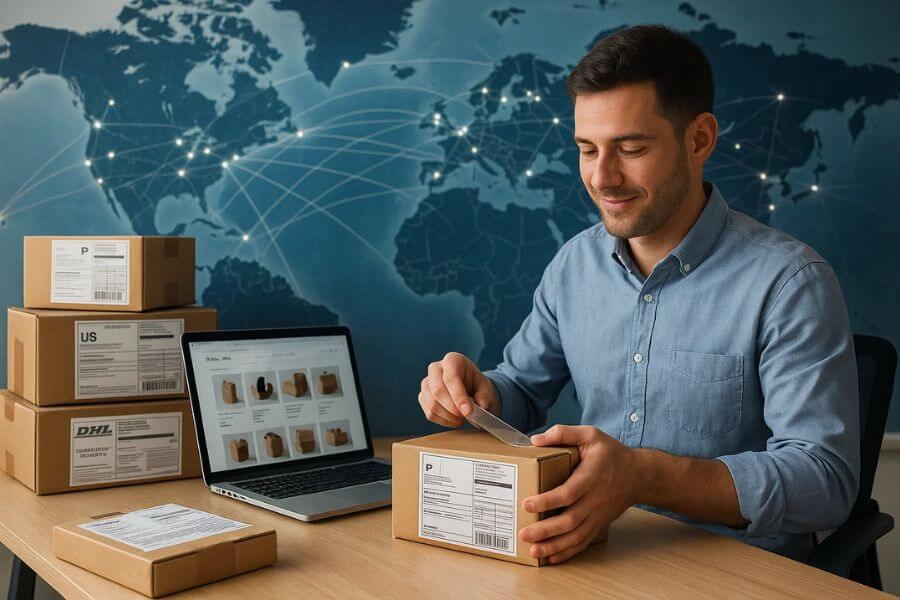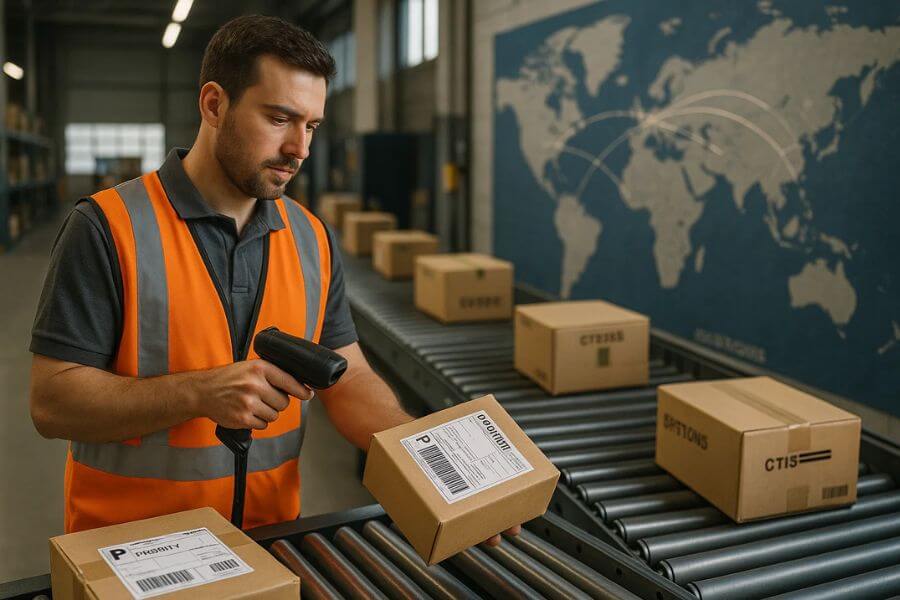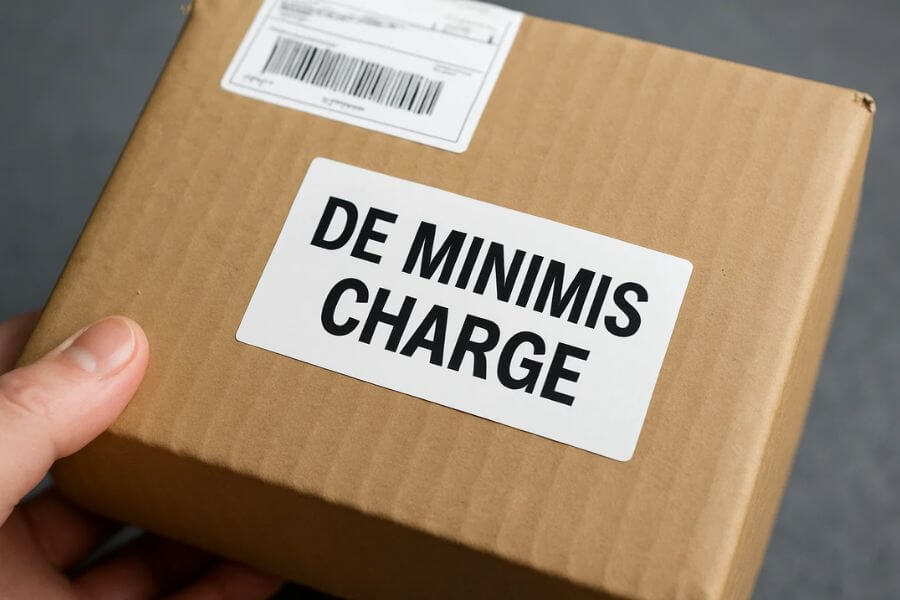TikTok has completely transformed the way people consume content, and now, it’s changing the way people shop. What started as a short-form video platform has grown into a full-fledged ecommerce marketplace. In 2025, TikTok Shop is no longer just an experiment. It’s a global retail channel that rivals Amazon, Shopify, and traditional ecommerce platforms.
For sellers, this presents a huge opportunity but also a challenge. TikTok Shop doesn’t work like traditional marketplaces. Instead of relying on keyword searches or static product listings, sales on TikTok are driven by content, trends, and community engagement.
If you’re considering selling on TikTok Shop in 2025, it’s important to understand exactly how the platform works, what kind of products perform well, and what strategies set successful sellers apart.
This guide covers the 10 most important things every seller should know before joining TikTok Shop in 2025 so you can avoid common pitfalls and set your business up for long-term success.
1. TikTok Shop is a content-driven marketplace
TikTok Shop isn’t your traditional ecommerce store. On platforms like Amazon or eBay, customers search for what they need and browse through listings. On TikTok, people aren’t looking for products; they’re looking for entertainment.
That means sellers have to think differently. Instead of simply uploading product images and descriptions, you need to tell stories through video.
For example:
- A beauty brand might post tutorials showing before-and-after transformations.
- A kitchen gadget seller could demonstrate how their tool saves time in cooking.
- A fitness brand could showcase real people using their products in workout challenges.
The most successful TikTok Shop sellers aren’t just selling products; they’re creating content that blends seamlessly with the platform’s culture.
To succeed, ask yourself:
- How does my product fit into everyday life?
- Can I make it part of a trending challenge or hashtag?
- What type of story will stop someone mid-scroll?
If you can’t make your product look interesting in a 10–30 second video, it may not perform well on TikTok.
2. TikTok's algorithm shapes your sales
The heart of TikTok’s success is its algorithm. Unlike traditional ecommerce platforms that rely heavily on paid advertising or SEO rankings, TikTok uses its For You Page (FYP) to push content to people who are most likely to engage with it.
For sellers, this is a game-changer. Even small brands with zero following can go viral overnight if their video strikes the right chord with TikTok’s algorithm.
Here’s how the algorithm works in 2025:
- Engagement matters: Videos with high likes, comments, and shares are more likely to get pushed.
- Watch time is critical: If people watch your video all the way through, it signals quality.
- Repeat views count: When users rewatch your content, TikTok boosts it even further.
- Relevance matters: TikTok uses AI to show products to users who’ve interacted with similar categories.
What this means for sellers:
- Short, engaging videos perform better than long, drawn-out ones.
- Hook your audience in the first 3 seconds or they’ll scroll past.
- Experiment with multiple formats, product demos, lifestyle videos, unboxings, testimonials, and see what TikTok favors.
On TikTok, your sales are directly tied to how well your videos align with the algorithm.
3. Product selection can make or break you
Not all products are TikTok-friendly. The platform thrives on impulse purchases and visually exciting items that grab attention quickly.
Products that do well on TikTok typically have these qualities:
- Visually engaging: They look interesting on video (e.g., LED lights, skincare masks, kitchen gadgets).
- Affordable: Low to mid-price items (usually under $50) tend to convert faster.
- Shareable: Products that make people say, “Wow, I need this!”
- Problem-solving: Items that solve everyday frustrations with a quick, clear demonstration.
Examples of categories that perform well:
- Beauty and skincare
- Fashion accessories
- Home gadgets
- Fitness products
- Tech accessories
- Lifestyle items
On the other hand, expensive or complex products (like high-end electronics or furniture) often underperform unless backed by heavy influencer marketing.
Before committing to inventory, ask: Would this product make someone impulse-buy after watching a 15-second video? If the answer is no, it may not be a great fit for TikTok Shop.
4. Influencer marketing is built into the platform
Unlike Amazon or Shopify, TikTok has a built-in creator economy that sellers can tap into instantly. Through the TikTok Shop Affiliate Program, sellers can connect with influencers who promote their products in exchange for commissions.
Why this matters:
- You don’t need to be a content creator yourself: If you’re not comfortable on camera, you can partner with influencers.
- Micro-influencers drive big sales: Smaller creators with 10k–50k followers often generate higher conversion rates than big celebrities because their audiences trust them.
- It’s performance-based: Instead of paying upfront fees, you pay a percentage only when sales are made.
For example, a skincare seller can partner with 50 micro-influencers who each create authentic reviews. Even if only 10 of those videos go viral, it could generate thousands of sales.
In 2025, TikTok has expanded its tools to make it easier for sellers to find influencers by niche, engagement rate, and past sales performance. Sellers who leverage this ecosystem will always have an edge.
5. TikTok Shop policies are strict
TikTok has grown quickly, but with growth comes stricter regulation. In 2025, TikTok Shop enforces tough seller and product policies to ensure consumer trust.
Some key rules include:
- Restricted categories: Items like alcohol, medical devices, supplements, weapons, and counterfeit goods are banned.
- Authenticity verification: Sellers must prove that branded products are legitimate.
- Performance monitoring: High return rates or poor reviews can get your store suspended.
- Customer service standards: TikTok expects sellers to resolve disputes quickly.
For example, a seller who ships fake designer handbags could be banned permanently, while one who fails to provide proper tracking on multiple orders might face temporary suspension.
Before listing products, always review TikTok’s Prohibited and Restricted Items list to avoid losing your account.
6. Logistics and fulfillment matter
Fast, reliable shipping is one of the biggest factors in TikTok Shop success. In 2025, TikTok has rolled out its own fulfillment service in multiple regions, called Fulfilled by TikTok (FBT).
Sellers now have two choices:
- Fulfilled by TikTok (FBT): TikTok stores your products in their warehouses and handles packaging, shipping, and returns. This improves delivery speed and often boosts your shop ranking.
- Self-fulfillment or 3PL: Sellers can use their own warehouses or partner with third-party logistics companies to ship products.
Pros of FBT:
- Faster delivery times.
- Higher trust with buyers.
- Reduced operational hassle.
Cons of FBT:
- Additional storage and handling fees.
- Less control over branding and packaging.
If you’re just starting out, FBT is often the easiest option. But as your sales grow, you might benefit from using your own fulfillment strategy for more control and cost savings.
7. Live shopping is exploding
TikTok’s live shopping feature has exploded in popularity, especially in Asia, and is rapidly gaining traction worldwide. Live streams allow sellers or influencers to showcase products in real time, answer customer questions, and create urgency with limited-time discounts.
Why live shopping works:
- Interactive experience: Customers can ask questions and get answers instantly.
- Entertainment value: Live shows feel like a mix of shopping and entertainment.
- Urgency and FOMO: Time-limited deals encourage impulse buying.
For example, a fashion seller could run a one-hour livestream showing outfits, offering discounts for viewers who buy within the show. This creates the same excitement as a flash sale, but with real-time engagement.
In 2025, sellers who master live shopping often see conversion rates 3~5x higher than regular product videos.
8. TikTok Ads supercharge sales
While organic reach on TikTok is powerful, relying solely on virality can be risky. That’s where TikTok Ads come in.
Through the TikTok Ads Manager, sellers can run campaigns to boost visibility and target specific audiences.
Ad formats include:
- In-feed ads: Appear like regular TikToks in users’ feeds.
- Top View ads: Premium placement at the top of the app.
- Spark Ads: Allow you to boost content from creators to reach wider audiences.
- Branded content: Sponsored hashtag challenges or effects.
The best strategy is often a hybrid approach:
- Use organic videos and influencer content to build trust.
- Use TikTok Ads to amplify the best-performing content and scale sales.
In 2025, TikTok’s ad platform has become more advanced, allowing hyper-targeted campaigns that rival Facebook and Google Ads. Sellers who invest in ads strategically can achieve massive growth.
9. Data and analytics are your best friend
Selling on TikTok isn’t just about making fun videos; it’s about measuring results. TikTok Shop provides analytics tools that give deep insights into customer behavior and sales performance.
Key metrics include:
- Click-through rate (CTR): How many people click on your product link after watching your video.
- Conversion rate: How many clicks actually turn into purchases.
- Customer acquisition cost (CAC): How much you’re spending per new customer.
- Repeat purchase rate: How many customers come back to buy again.
- Video engagement: Average watch time, replays, and shares.
For example, if your CTR is high but your conversion rate is low, your product page may need improvement. If your engagement is low, your video content needs stronger hooks.
Data-driven sellers can identify problems faster and scale successful campaigns more effectively.
10. Success requires long-term commitment
Many sellers join TikTok Shop expecting quick wins. While viral videos can produce overnight success, long-term growth requires consistency.
The most successful sellers in 2025 share these traits:
- Consistency: Posting new content regularly, even when videos flop.
- Adaptability: Pivoting quickly when algorithms, trends, or policies change.
- Customer obsession: Providing excellent service and building brand trust.
- Patience: Understanding that ecommerce success rarely happens overnight.
Think of TikTok Shop as a long-term sales channel, not just a side experiment. Sellers who commit fully, creating engaging content, running live streams, leveraging influencers, and investing in ads, are the ones who build sustainable businesses.
Conclusion
TikTok Shop is one of the most exciting ecommerce opportunities in 2025. It combines content, community, and commerce in a way no other platform does. For sellers, it offers the chance to reach millions of potential customers through short videos, live streams, and influencer collaborations all within one app.
But success doesn’t happen automatically. Sellers must carefully choose their products, comply with TikTok’s strict policies, invest in fulfillment, and continuously adapt to new trends. If you’re ready to embrace content-driven selling, TikTok Shop could become your most profitable sales channel in 2025 and beyond.
Frequently asked questions
Q1: How much does it cost to sell on TikTok Shop?
A1: TikTok Shop charges a small commission fee (usually between 3–5% per sale depending on the region), but there are no upfront costs to open a store. This makes it low-risk for new sellers.
Q2: Do I need a business license to sell on TikTok Shop?
A2: Yes, TikTok requires sellers to provide business documentation, such as a business license or tax identification, before listing products. Some regions also allow individual sellers with valid ID verification.
Q3: Can I integrate TikTok Shop with my existing ecommerce store?
A3: In 2025, TikTok offers integration with platforms like Shopify, WooCommerce, and major 3PL providers, making it easy to sync inventory, orders, and fulfillment across multiple channels.
Q4: How do returns and refunds work on TikTok Shop?
A4: TikTok has a buyer protection policy. If a customer requests a return, TikTok typically mediates the process, and sellers must comply with return timelines. Consistently high return rates may affect your seller rating.
Q5: What countries support TikTok Shop in 2025?
A5: By 2025, TikTok Shop is available in major markets including the United States, UK, Southeast Asia, and expanding rapidly into Europe and the Middle East. Availability may vary, so sellers should confirm if their region is supported before registering.





